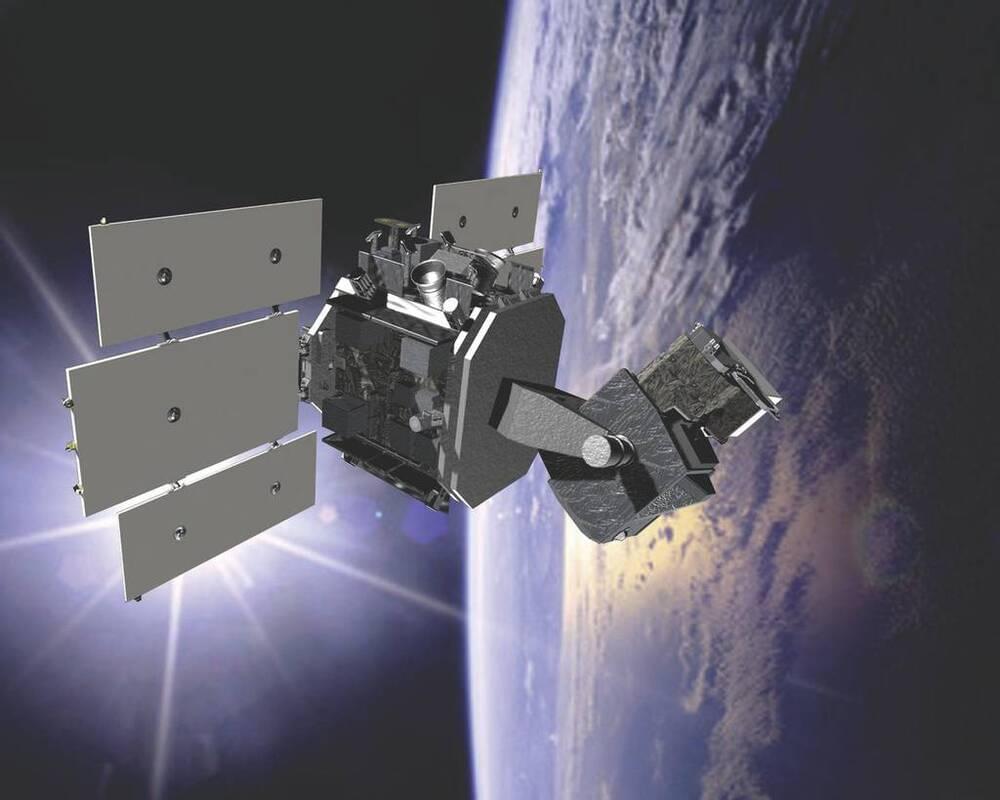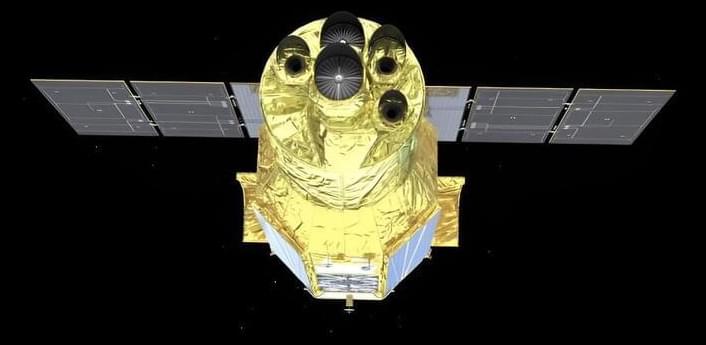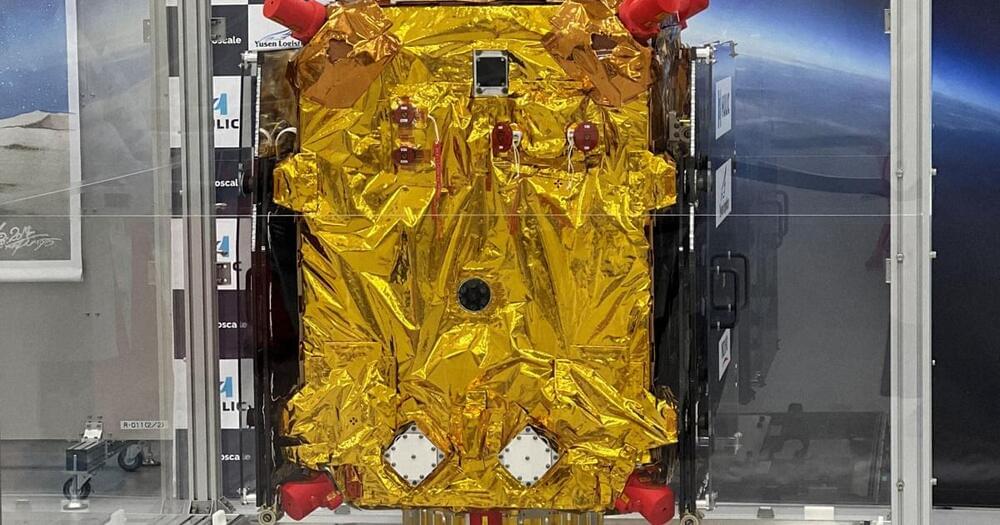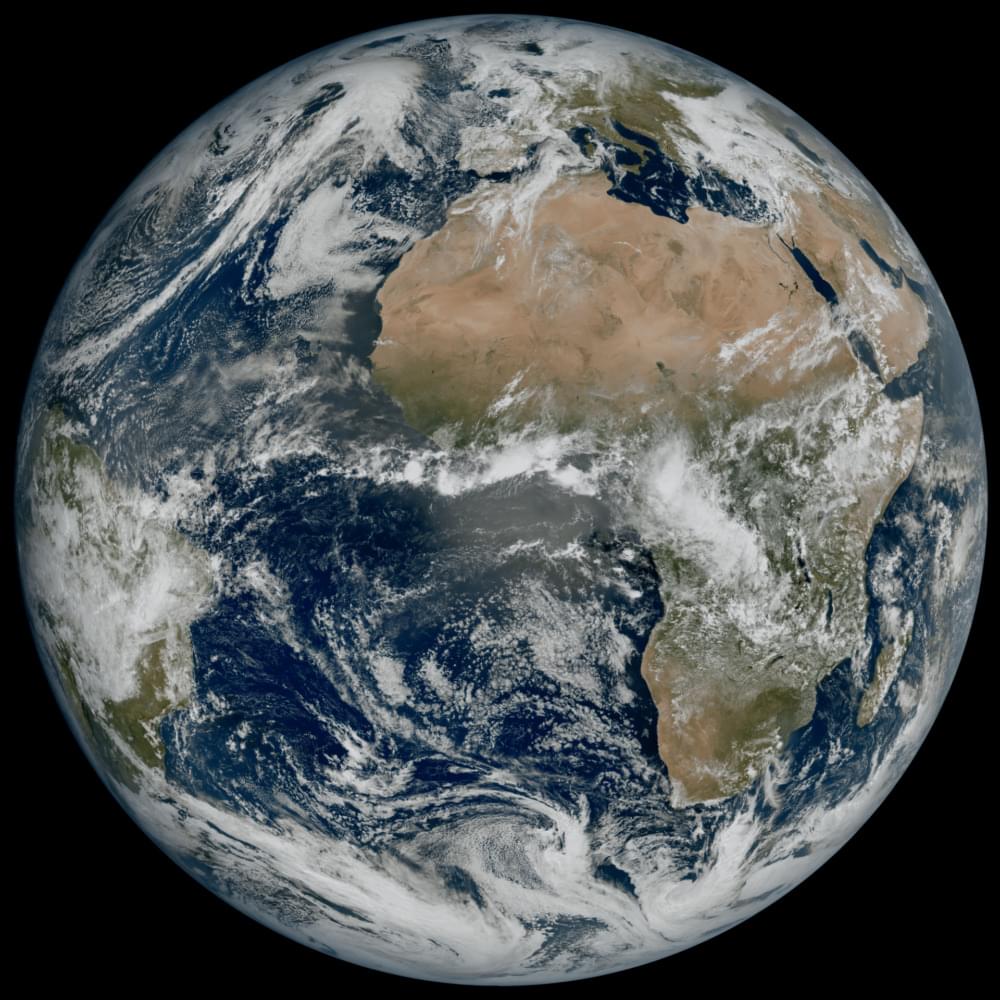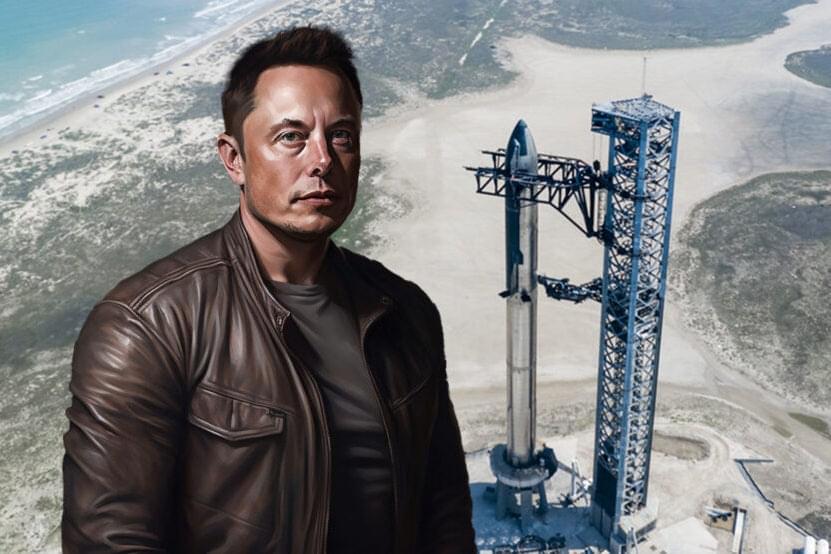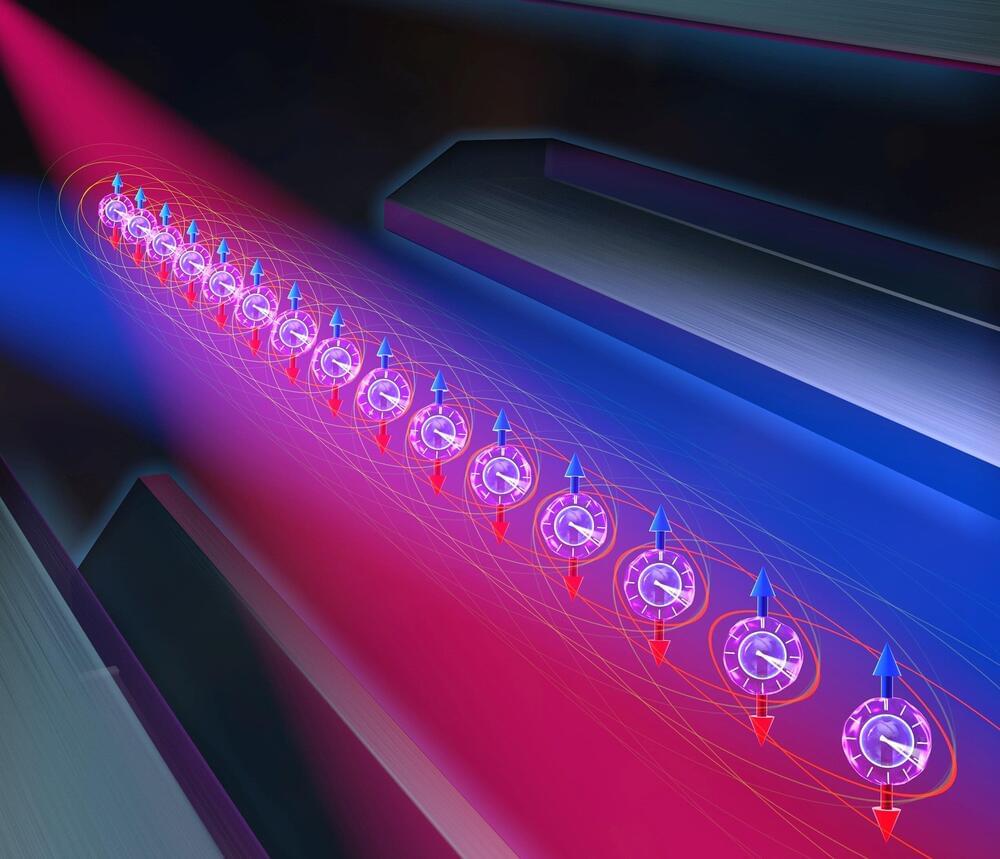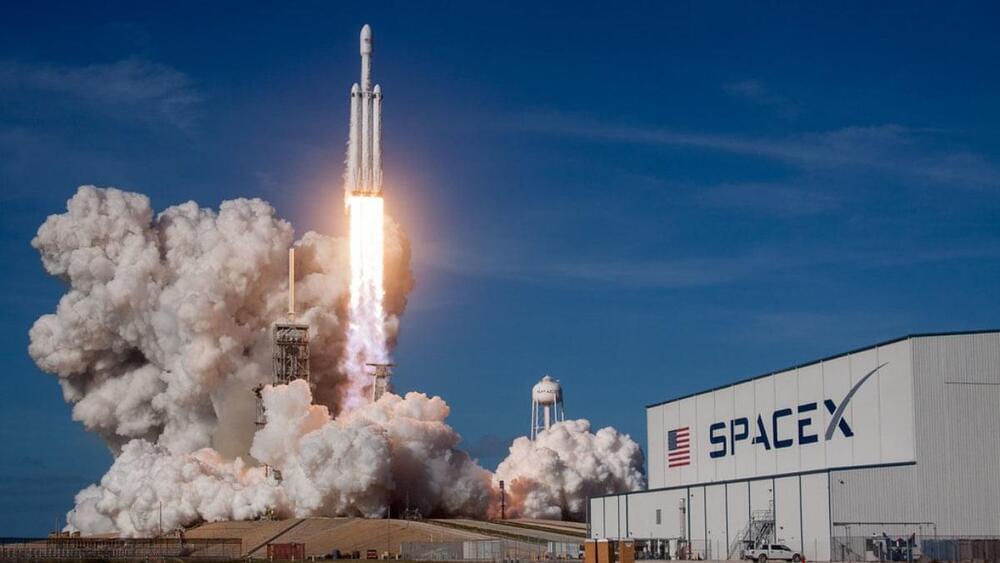WASHINGTON — The U.S. Space Force and the National Reconnaissance Office launched their newest space observation satellites today in a largely classified mission called “Silent Barker.”
The joint mission flew Sept. 10 on a United Launch Alliance Atlas V rocket from Cape Canaveral Space Force Base in Florida. Once operational, the satellites will track objects — and potentially nefarious activities — within geosynchronous orbit, about 22,000 miles above Earth.
“Working together, we’ve developed a system in a relatively short amount of time that is going to provide us with unprecedented coverage of what’s going on in the GEO belts,” NRO director Christopher Scolese told reporters during an Aug. 28 pre-launch briefing.
